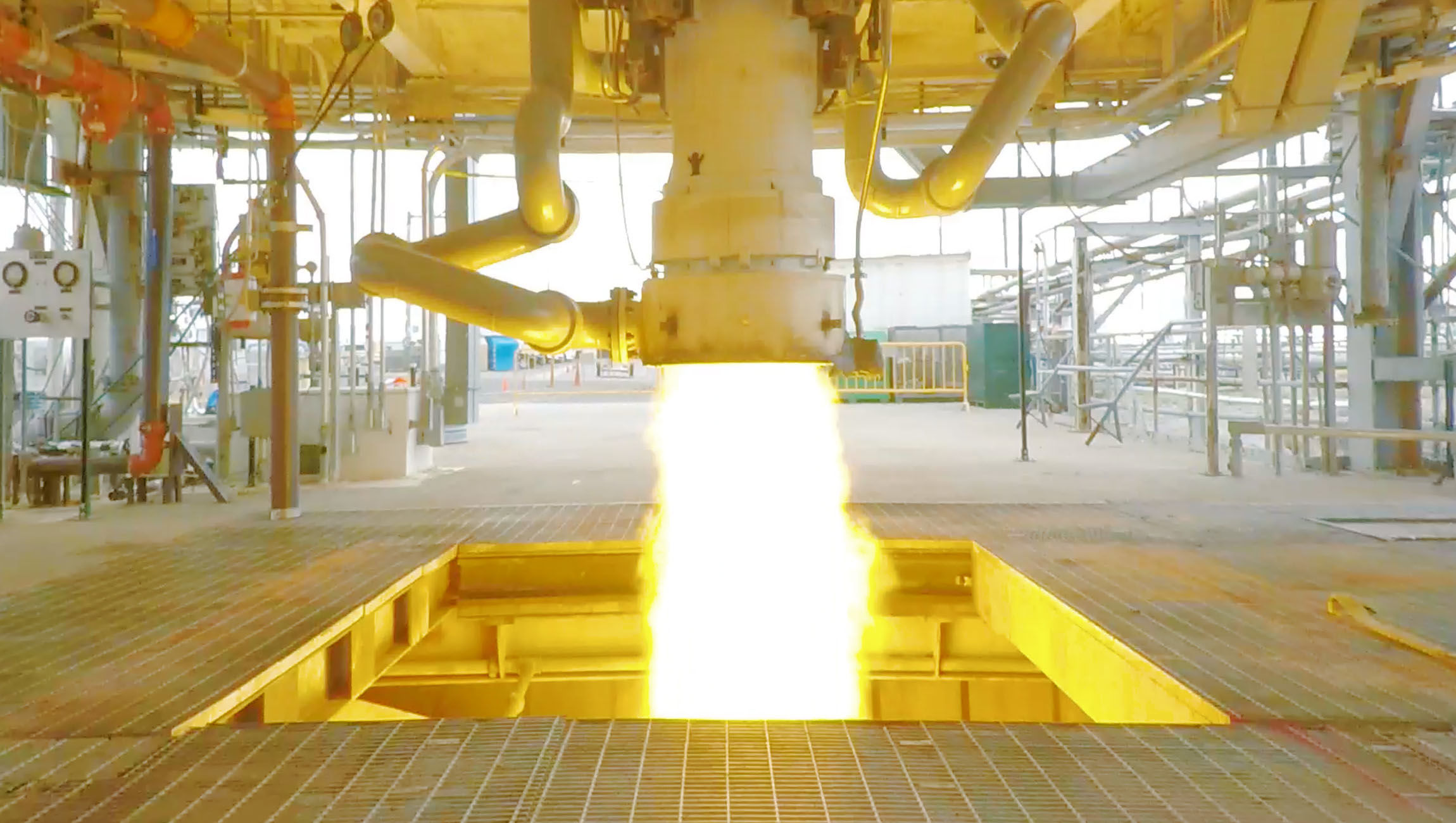Create a free profile to get unlimited access to exclusive videos, sweepstakes, and more!
3…2…1… Watch Orion’s service module ace its blastoff test!

Before the Orion spacecraft can fly astronauts to the moon on Artemis missions, NASA needs to be positive that if something goes wrong, the spacecraft can change its mission profile just like that.
Orion recently completed a successful abort-to-orbit test meant to determine whether it could safely switch to an alternate mission profile if its propulsion system faced a critical issue (a call to Houston isn’t always enough when you have a problem). NASA simulated that alternate possibility by firing a qualification version of that propulsion system for a continuous 12 minutes at its White Sands Test Facility near Las Cruces, New Mexico.
“Inserting Orion into lunar orbit and returning the crew on a trajectory back home to Earth requires extreme precision in both plotting the course and firing the engines to execute that plan,” explained Mark Kirasich, program manager for Orion at NASA’s Johnson Space Center in Houston. “With each testing campaign we conduct like this one, we’re getting closer to accomplishing our missions to the moon and beyond.”
Orion stayed on Earth but was still able to prove it could stand what is supposed to be one of the most brutal post-launch endurance tests for its engines. An abort-to-orbit scenario would mean that the spacecraft would have to split from its interim cryogenic propulsion stage (ICPS), because the ICPS wasn’t able to put Orion en route to the moon. It would then split from the ICPS and maneuver itself into a temporary orbit using the service module’s engines provided by the ESA.
To prove it could do this, the main engine on Orion’s service module and all eight supplemental engines were fired by engineers at the same time. For a simulation of “attitude control and overall propulsion system capacity,” according to NASA, its reaction control thrusters were also fired periodically throughout the test.
“The tests at White Sands have been very helpful to better understand and operate our service module propulsion system,” said Orion test article project manager Jim Withrow. “This firing was one of a series of tests performed to date and in the coming months to simulate contingency modes and other stressful flight conditions.”
Check out the video above — while there are no special effects here, the flames sure do look cinematic.
(via NASA)














